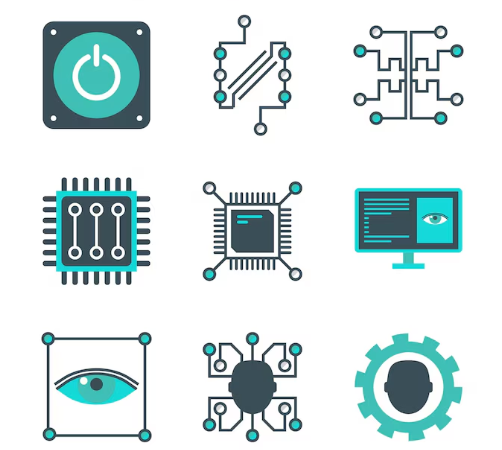Follow Us :
The construction industry is constantly evolving, and with that comes the ever-increasing need for efficiency and quality. One area where technology is making a significant impact is in automated quality control inspections (AQI). By leveraging automation, construction companies can achieve:
Manual inspections are time-consuming, but AQI systems can analyze vast amounts of data rapidly, freeing up valuable human resources for other tasks.
AQI systems enforce consistent inspection protocols, eliminating the potential for human error and bias.
Human inspectors can miss defects, but automated systems with machine learning and advanced sensors can identify inconsistencies with incredible precision.
Fewer human inspectors and faster inspections translate to lower costs associated with quality control.
Some automated systems, like robotic arms with vision sensors, can perform inspections in hazardous environments, keeping workers safe.
There are various types of AQI systems used in construction, each with its own strengths:
These systems use high-resolution cameras and AI to analyze images and identify defects in welds, concrete surfaces, and other construction elements.
Robots equipped with sensors can perform automated inspections in difficult-to-reach areas or hazardous environments.
These AQI systems use techniques like ultrasonic testing and X-rays to inspect internal structures for defects without damaging the material.
Sensors embedded in materials or throughout a structure can continuously monitor for anomalies, such as cracks or temperature fluctuations, indicating potential problems.
The advantages of adopting AQI in construction go beyond just cost savings and efficiency. Here are some additional benefits:
AQI systems can identify defects early in the construction process, allowing for prompt rectification and reducing rework costs later.
Automated systems can automatically capture inspection data and generate detailed reports, improving project transparency and traceability.
The data collected from AQI systems can be used to identify trends and make informed decisions about future projects and quality control processes.
While AQI offers numerous benefits, there are also some challenges to consider:
The use of AQI is expected to grow significantly in the construction industry. As technology continues to develop, we can expect to see:
Next-generation sensors will offer even greater accuracy and capabilities for AQI systems.

AQI data will be integrated with BIM models, creating a digital record of a project’s quality throughout its lifecycle.

AI will play a more prominent role in AQI systems, allowing for real-time analysis, predictive maintenance, and self-learning capabilities.
